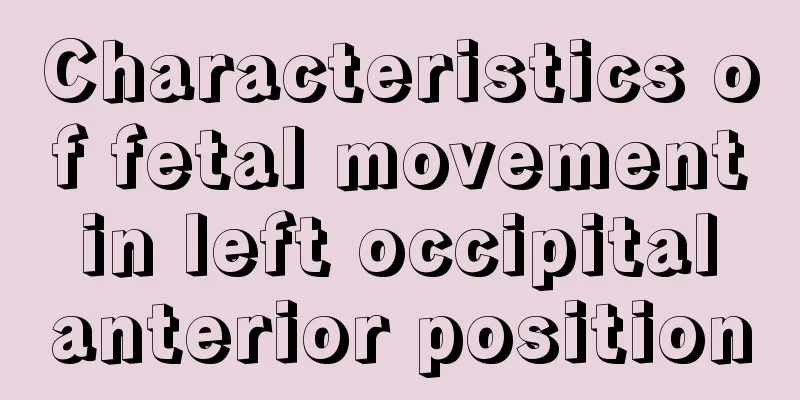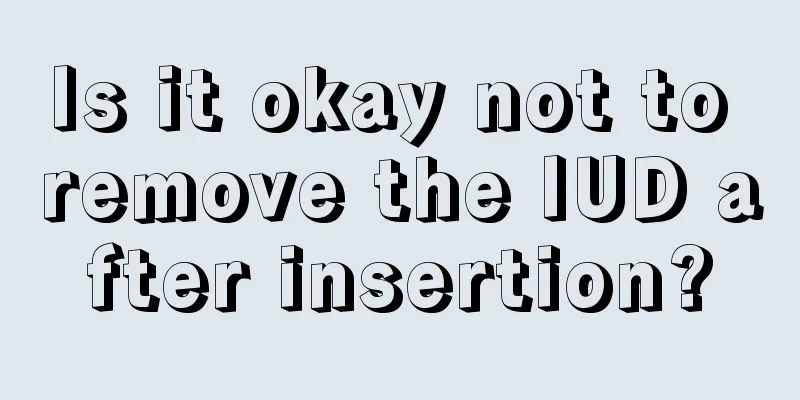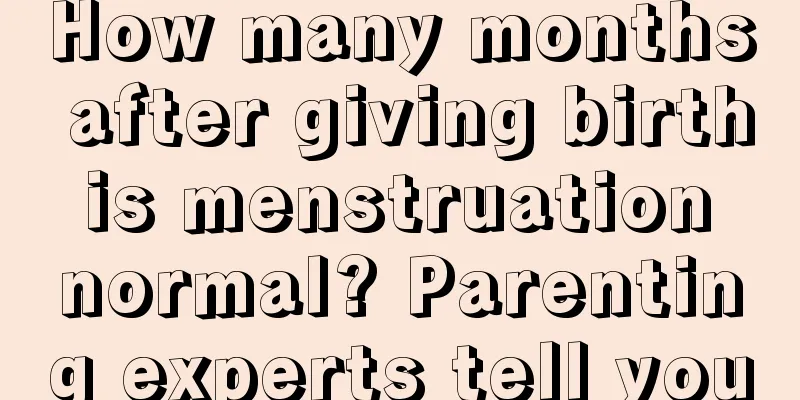What to do if uterine adhesions occur after uterine curettage

|
In many cases, a uterine curettage is required, mainly because the functional placental tissue was not completely removed during the first operation. However, the use of uterine curettage can easily cause many kinds of harm to women's health, the most typical of which is intrauterine adhesion, which makes women very worried. So, what should we do if there is intrauterine adhesion after uterine curettage? Let’s take a closer look at it below. The treatment of intrauterine adhesions needs to be based on the principle of syndrome differentiation and different treatment methods for different conditions. However, the common treatment methods are mainly the following three: 1. Drug treatment, using Chinese medicine intraperitoneal perfusion therapy, targeting the characteristics of intrauterine adhesions, using high-tech, applying the traditional Chinese medicine dialectical treatment, and combining with unique Chinese medicine prescriptions to promote the absorption and disappearance of inflammation. 2. Surgical treatment, using hysteroscopic technology. The application of hysteroscopy in clinical practice can solve some difficult gynecological diseases intuitively, simply and safely. Hysteroscopic treatment of intrauterine adhesions can not only determine the degree and type of adhesions, but also determine the toughness of adhesions. 3. Physical therapy: relieve patients' mental concerns, enhance their confidence in treatment, increase nutrition, exercise, pay attention to the combination of work and rest, and improve the body's resistance. 4. Hysteroscopic therapy. The application of hysteroscopy in clinical practice can solve some difficult gynecological diseases intuitively, simply and safely. It can not only determine the degree and type of adhesion, but also the toughness of the adhesion. Membranous adhesions and fibromuscular adhesions can be separated under hysteroscopy or removed with surgical scissors; while dense connective tissue-like adhesions require electroresection under B-ultrasound monitoring, and an intrauterine contraceptive device is placed after the operation to prevent re-adhesion, and continuous estrogen and progesterone are given to promote endometrial growth. It helps patients to resume menstruation and some of them can become pregnant again. The above is an introduction to what to do if uterine adhesions occur after uterine curettage. I hope it will be helpful for women. There are many ways to treat intrauterine adhesions after uterine curettage. The key is to understand this disease. It is recommended that women go to a regular hospital for a comprehensive diagnosis, then take effective measures for treatment, and take daily care measures to achieve the best results. |
<<: How many days does it take to be clean after the palace cleaning?
>>: What causes abdominal pain after uterine curettage?
Recommend
To nourish your stomach in autumn, start with soothing your stomach! Drink and massage to warm your stomach throughout the autumn
Copyright Notice: The content comes from China Tr...
Can I drink barley tea during menstruation?
Barley tea is made from sun-dried barley and is a...
There is a small bump near the vagina
Women understand their reproductive organ, the va...
Female buttocks pain
We all know that the pace of life of urban people...
Why pregnant women are always thirsty?
It is inevitable to encounter some special physic...
Monkeypox spreads to 30 countries. Will it become a new pandemic?
It is indeed a challenge, but there is no need to...
Compare! Which factors that cause liver cancer have you come into contact with? How to prevent liver disease? Save!
Liver cancer is a malignant tumor that occurs in ...
Greasy hair after pregnancy
Some friends find that their hair becomes more an...
What to do if your breasts swell and hurt during menstruation
Breast pain during menstruation is mainly caused ...
Brown discharge after period
Menstruation is something that every woman will e...
Why do I have back pain when I am pregnant?
Don't think that pregnancy is just pregnancy....
Can I eat donkey-hide gelatin during my period?
In our daily life, every female friend has menstr...
Will I get pregnant if I have sex two days before ovulation?
Female friends have an ovulation period every mon...
What are the anti-inflammatory drugs for vaginitis?
Nowadays, with the continuous deterioration of my...









